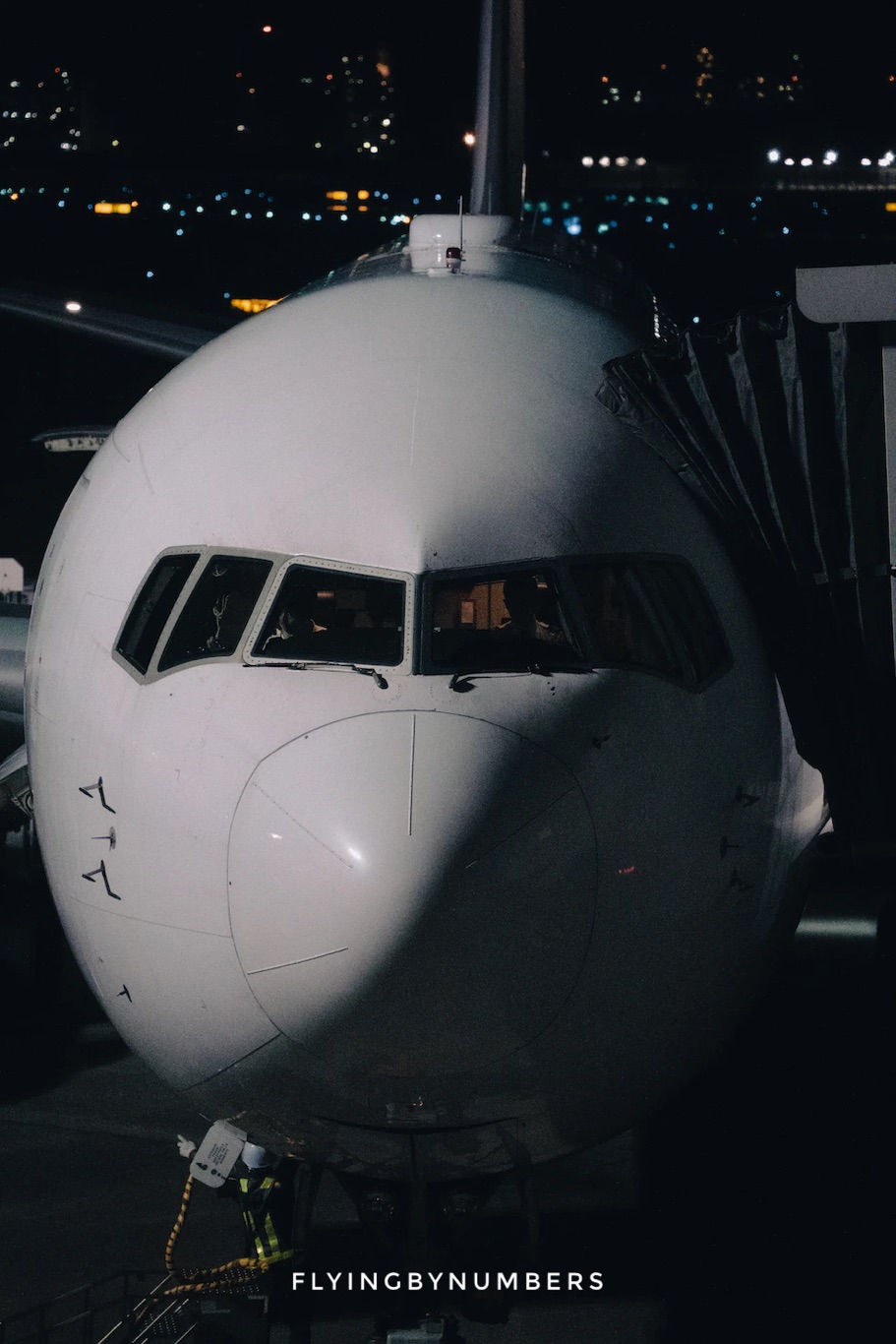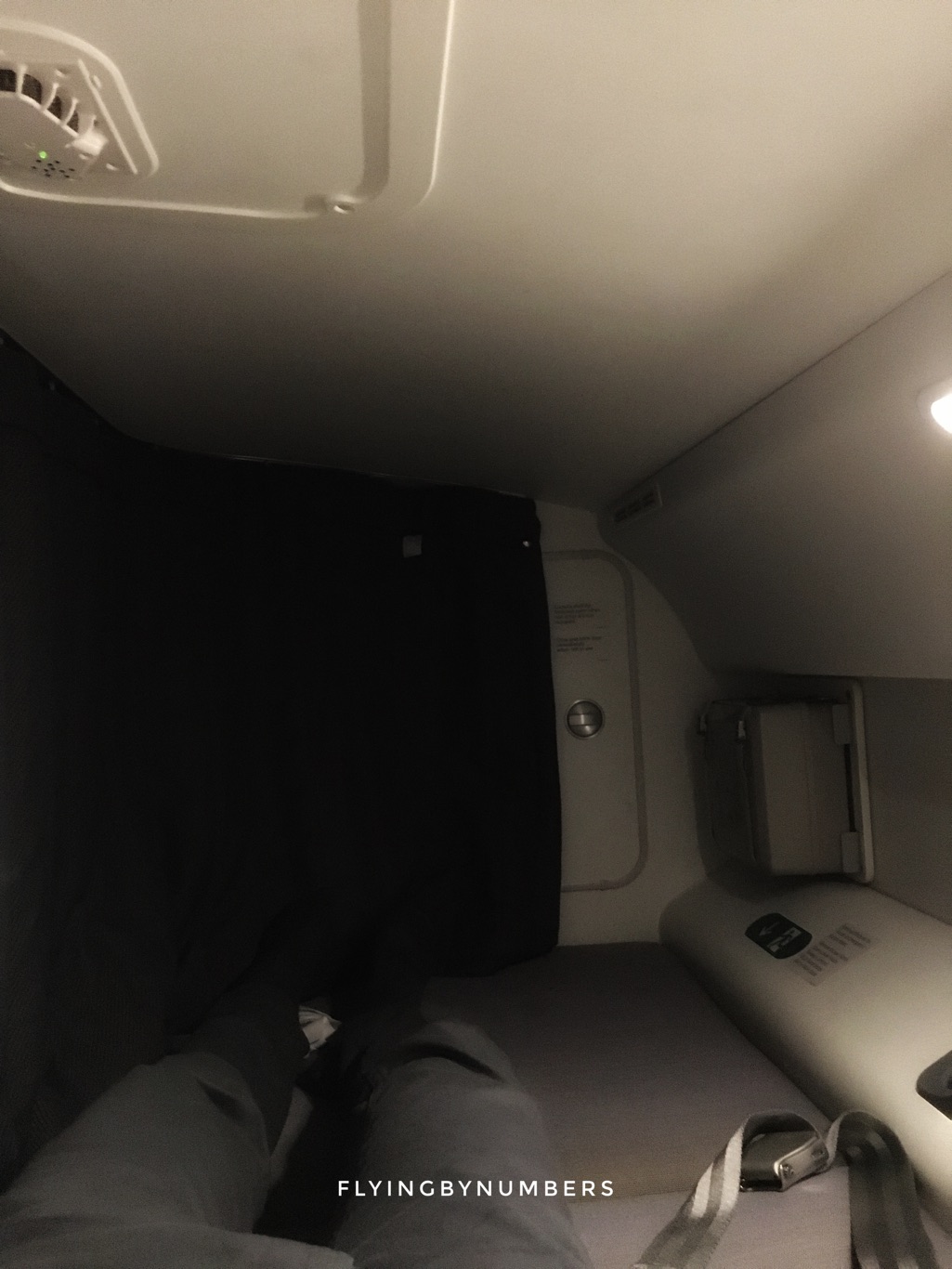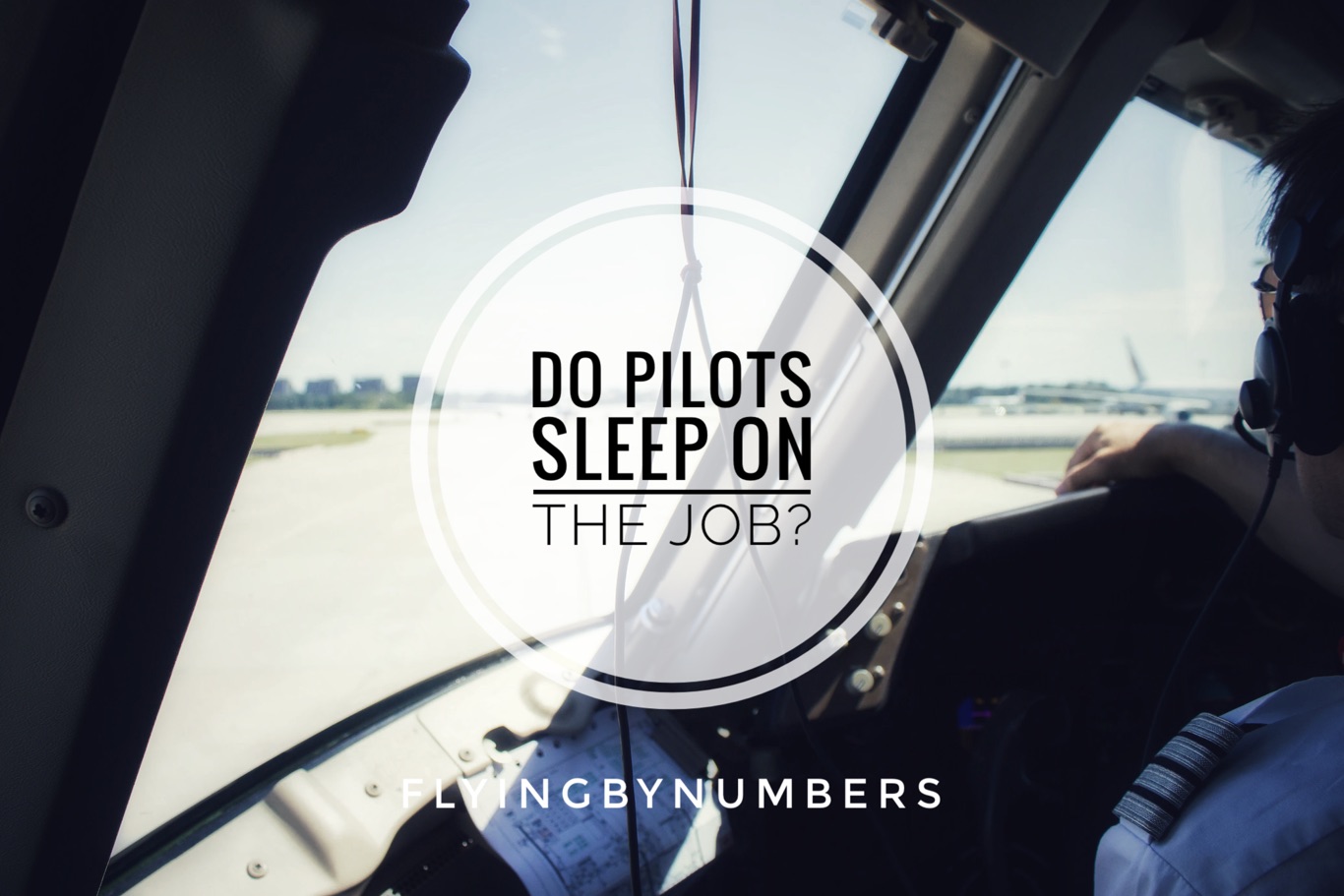For years, there has been a myth that pilots sleep on the job. Pop the autopilot in, kick back and relax, before waking up just in time for landing. While this is an exaggeration, what is the reality?
People have always been curious about what happens when the cockpit door is closed and the plane is in the air. Do pilots take naps during flights? Do they get proper sleep breaks?
The answer to both of these questions is yes.
Pilots do sleep while flying, but it is only for short periods of time and under specific circumstances. In this article, we will discuss how pilots sleep in the cockpit, and why it is so important for them to get adequate rest.

Shorthaul sleeping
While sleeping in flight is often associated with long haul flying, sleep is a crucial part of short haul operations too. Many airlines will roster their pilots to the legal limits on flying. Due to international working regulations, this typically means the most efficient way to roster shorthaul pilots is in blocks of work, starting exceptionally early and gradually getting later.
This means that a pilot’s sleeping pattern might be completely reversed over the course of 6 days. Despite these extreme body clock changes, pilots — currently — need to be fully alert and rested for takeoff and landing.
So, how is this rest achieved?
Well, unlike longhaul aircraft, with dedicated sleeping areas, most shorthaul aircraft only have crew jumpseats, or the pilot’s cockpit seats. While the crew seats are comfortable enough, they do not recline and are often located next to a galley or toilet area, which can be disruptive.
As a result, pilots typically take controlled rests in the cockpit, remaining in the pilot’s seat but with the seat reclined far away from the controls. This type of sleep is called “controlled rest” and it allows pilots to stay rested while still being able to respond quickly if necessary.
Longhaul sleeping
Do pilot’s sleep while flying on longhaul? Yes. In fact, for many longhaul flights, it’s a legal requirement. Longhaul flying frequently means crossing multiple time zones, which can be very disruptive to a person’s natural body clock.
Without the correct rest facilities, pilots, and cabin crew will be unable to work for the length of time demanded on them. Controlled rest is used on longhaul flights with only two pilots, however for flights with 3 or more pilots, proper sleep can be provided.
For flights with more than 3 pilots, there is a dedicated sleeping area — known as crew bunks or overhead flight crew rest (OFCR) — typically located behind the cockpit. The area will have two beds, and occasionally a seating area and entertainment screen too.

Pilots normally sleep in shifts, with one pilot resting while the other two remain on duty. The pilots will then swap over, with one of the rested pilots taking control of the aircraft while the other sleeps. This ensures that there are always two pilots in the cockpit at all times, and when one of them is resting, the others must be awake.
How long can a pilot sleep while flying on longhaul?
Because there are always two rested pilots at the controls, sleep inertia for the resting pilot is not a problem, and there is no limit on how long a pilot can sleep while flying on longhaul.
However, most airlines have procedures in place that dictate how long pilots can be on duty for, and the breaks required will determine how long their colleagues can sleep for. Typically, longhaul pilots will check the flight length on the day, and work out how long each crew member can stay asleep in the bunk.
Pilot breaks are arranged similarly to cabin crew, with working hours and quality of the rest facilities provided determining the maximum flight times the crew can work on the day.

Summary
Do pilots sleep on the job? Yes, both on longhaul and shorthaul flights. For longhaul flights it’s actually a legal requirement, as without proper rest, pilots, and cabin crew would be unable to work for the duration of the flight. Shorthaul flights present more of a challenge as there is no dedicated sleeping area, but pilots can still take controlled rests in the cockpit.
Short naps, known as controlled rest, are limited to 40 minutes, as any longer would result in the pilot feeling groggy and disoriented – known as sleep inertia. On longhaul flights, pilots have dedicated sleeping quarters and can sleep for as long as they need to, as long as there are always two pilots in the cockpit.
So next time you’re on a plane, don’t worry about the pilots snoozing – they know what they’re doing — and there’s always someone with one eye open!





